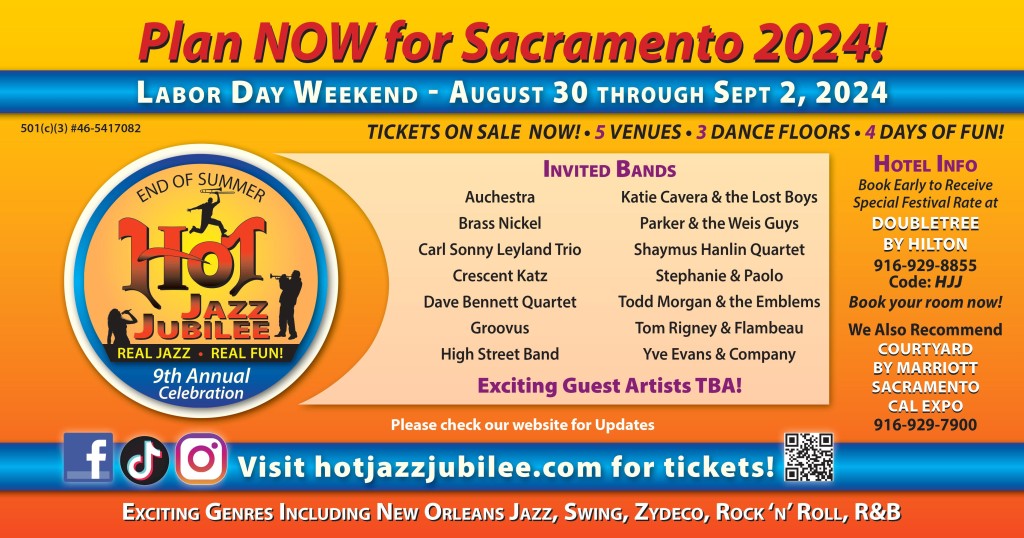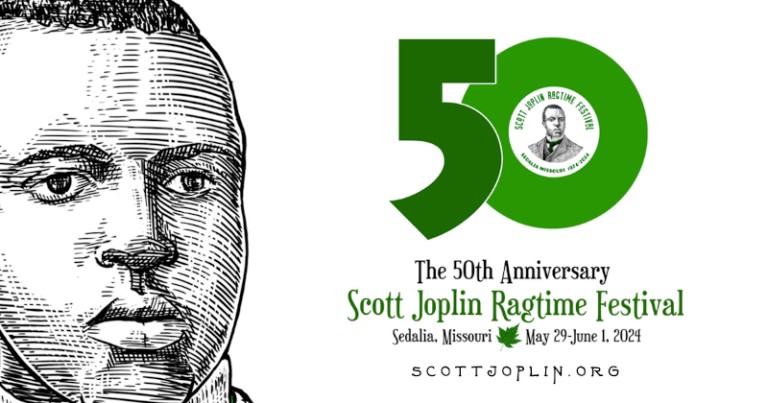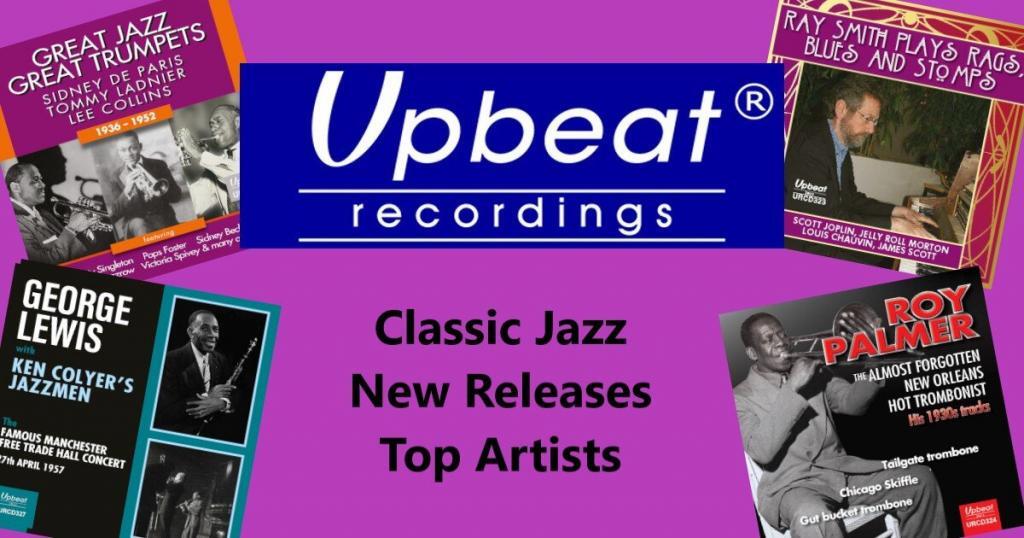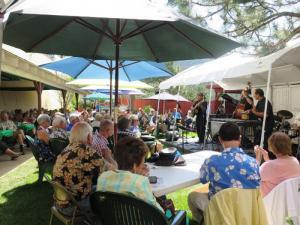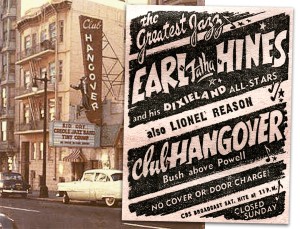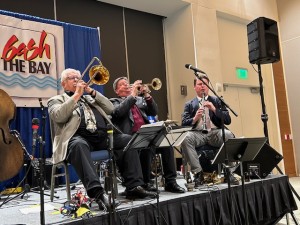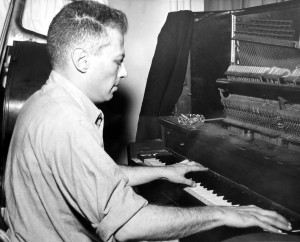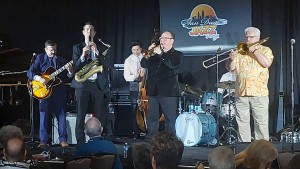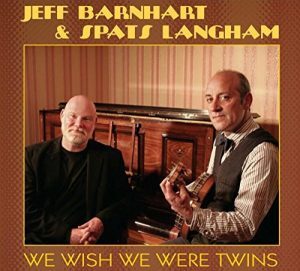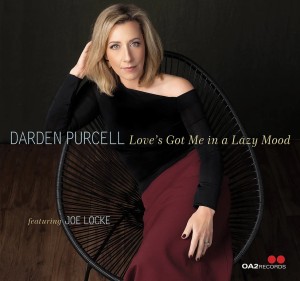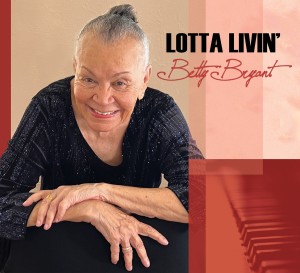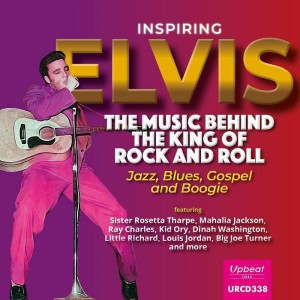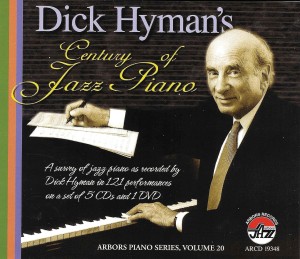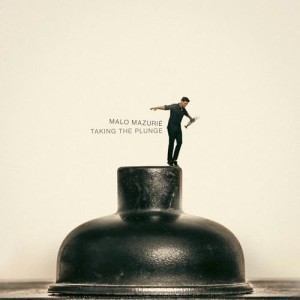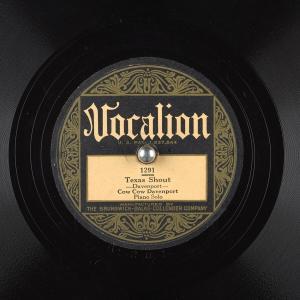 Set forth below is the thirty-second “Texas Shout” column. The initial installment of a two-part essay, it first appeared in the September 1992 issue of the West Coast Rag, (now The Syncopated Times).
Set forth below is the thirty-second “Texas Shout” column. The initial installment of a two-part essay, it first appeared in the September 1992 issue of the West Coast Rag, (now The Syncopated Times).
In New Orleans, as jazz was being developed, there were three fairly distinct styles of Dixieland. Two were played principally by Black musicians, one by whites.
The “downtown” Blacks, including many Creoles, played a schooled, technically accomplished type of jazz that is heard on almost all of the recordings made during the 1920s by Black musicians from the Crescent City – Oliver, Bechet, Armstrong, Ory, Noone, Morton, Dodds, etc. The “uptown” Blacks played a more functional, direct, dance-hall style that did not achieve much critical notice until the revival of the early 1940s when it was heard on the records of Bunk Johnson.
The jazz style of the early white New Orleans musicians was once the most famous style of jazz in the world. It was the first kind of jazz to appear on record, bursting on the scene in 1917 via tremendously successful 78s by the Original Dixieland Jazz Band.
Today this style, which I call “white New Orleans,” has virtually disappeared from the face of the earth. I think that’s too bad. I’d like to devote the remainder of this column to describing the characteristics of white New Orleans, to offering my views as to the reason for its neglect in the Dixieland community, and, I hope, to pique your curiosity about it to the point where you will seek out some recordings of it.
Because the ODJB’s records sold so well, because these were pioneering sides that let the general public hear jazz for the first time, and also because the band was a wonderful band whose recordings still retain the power to exhilarate the listener, it was an extremely influential band, perhaps the most influential of its day. Other budding jazzmen in New York, where the ODJB’s first sides were made, obviously paid close attention — the white New Orleans style is clearly carried forward in the various New York-based Phil Napoleon units (such as the Original Memphis Five and Ladd’s Black Aces) and those featuring the prolifically recorded cornetist Red Nichols. The first great white jazz soloist, cornetist Bix Beiderbecke, learned the white New Orleans style from playing along with the ODJB’s recordings (and, indeed, continued to record tunes from the ODJB’s discography throughout his career).
Moreover, the white New Orleans style exerted a lasting effect on the Dixieland repertoire that continues down to the present day. Even allowing for the fact that there seems to have been a common body of themes floating around New Orleans, and that the various musicians in town felt free to draw from these themes and claim composer credit therefor, the ODJB’s compositions still form an impressive part of the body of standards that every Dixieland musician knows– “At The Jazz Band Ball,” “Tiger Rag,” “Original Dixieland One-Step,” “Fidgety Feet,” “Clarinet Marmalade” and “Margie” fall in that category.
Further, evergreens like “(Back Home In) Indiana,” “The Darktown Strutters’ Ball,” “Jazz Me Blues,” “Royal Garden Blues,” “Alice Blue Gown” and “St. Louis Blues” undoubtedly can thank the ODJB’s groundbreaking recordings thereof for giving them a running start in becoming the jazz standards that they are. Actually, the ODJB had a virtually flawless ear for picking tunes. A 1990s combo that decides to learn titles at random from the ODJB’s list will run across winners almost every time – “Dolly, I Love You,” “‘Lasses Candy”, “Broadway Rose”, “Home Again Blues”, “My Baby’s Arms”, “Mammy O’Mine” and so on. As a personal note, the very first number I recorded as a soloist, and still one of my most sure-fire audience-pleasers today two decades later, was one to which I was introduced by the ODJB, Irving Berlin’s great post-World War I comedy song, “I’ve Got My Captain Working For Me Now.”
The Original Dixieland Jazz Band’s shadow was so far-reaching that, from time to time, I have heard the style of Dixieland that the ODJB played referred to as the “Dixieland” style. However, I find it confusing to use the word “Dixieland” that way.
First of all, such use is not commonly accepted throughout the Dixieland community – in fact, the white New Orleans style is so invisible on the current scene that some commentators seem to be unaware that it exists as a separate Dixieland style. Second, as I said in my very first “Texas Shout” column in the November-December 1989 WCR, I believe the name “Dixieland” should be reserved as an umbrella term to describe all pre-swing jazz styles (including revivalist styles thereof).
For those reasons, I am suggesting the term “white New Orleans” to describe the style of Dixieland music being discussed in today’s column. You will not see that phrase so employed in much other critical writing about jazz, but “white New Orleans” is sufficiently descriptive that, if you use it going forward, I think your listeners will readily understand what you mean.
Who played white New Orleans? In addition to the ODJB and the others mentioned above, some of the best- remembered names include the Chicago-based New Orleans Rhythm Kings and a number of fine bands that recorded during the twenties in the Crescent City, such as the New Orleans Owls and one of my all-time favorite combos, the Halfway House Orchestra.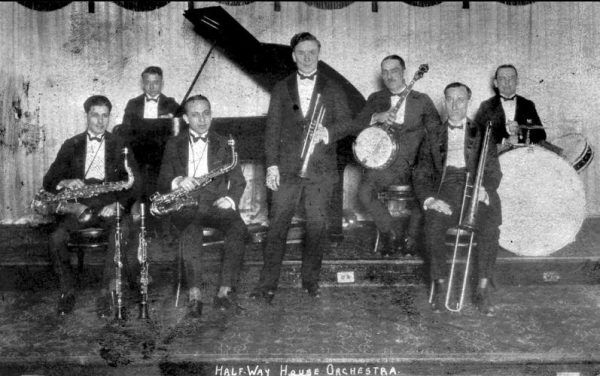
What are the distinguishing characteristics of white New Orleans? You can’t tell it by the feeling of the rhythm, which may be either two-beat or four-beat. However, there are three factors for which you should listen.
First, like most of the Dixieland styles (hot dance and Chicago being the exceptions), white New Orleans is an ensemble-oriented style – that is, the ability to improvise effectively in an ensemble context is more highly valued than solo skill or reading skill. Second, the musicians tend to play with a reasonably “legitimate” tone and attack within a context of cleanly executed routines (sharp-edged breaks or stoptimes, crisp beginnings and endings, etc.). Third, and this is the most critical factor, the white New Orleans style has no significant blues content; it tends to stay within a more narrow emotional pitch, one of optimism, generating an outgoing, breezy atmosphere.
It is that latter factor, I think, that has caused white New Orleans to be dismissed by many jazz critics and to be neglected by today’s Dixielanders. When the Black New Orleans jazzmen started to record in 1922 and 1923, one could easily hear the higher blues content in their playing – the growls, smears and gutbucket timbres emanating from the phonograph. It was obvious that this music had a broader emotional spectrum than the type of jazz that had been recorded up to that time. Anyone who is going to listen to a series of consecutive Dixieland performances will find the experience more satisfying if the emotional range varies along the way.
(Charleston Chasers, w Red Nichols, Miff Mole, Pee Wee Russell, etc.)
As a result, I believe that the white New Orleans players are often viewed as one-dimensional performers who “can’t” play the blues. Moreover, because they tend to exhibit a high degree of precision, and to play with fairly legitimate tone and attack, white New Orleans bands are regarded in some circles as generic, good-time Dixieland units whose music is on the shallow side.
Shortly before writing this column, for example, I read a review of a Red Nichols reissue album in which the critic, although recommending the album, nevertheless noted that Nichols’ other virtues overcame his inability to play the blues. Along the same lines, in his excellent survey of twenties jazz, Early Jazz, Gunther Schuller simply forgot to include a chapter on Nichols (one of the most widely recorded of twenties jazzmen), somewhat shamefacedly repairing the omission via a catch-up chapter in his next volume, dealing with the swing years.
I collected albums voraciously throughout the entire 12-inch LP era. Yet, as far as I know, no U.S. producer – even including the tiny completist/ collector labels – ever released an entire LP devoted to reissues of sides by the Halfway House Orchestra or the New Orleans Owls or the twenties cuts by the Original Memphis Five.
About the only artists playing the white New Orleans style who have not been overlooked, or damned by faint praise by the critical majority, are the New Orleans Rhythm Kings and Bix Beiderbecke. I’d guess that the NORK’s reputation survives not only because it was a good band, but also because its records were the primary ones listened to by Eddie Condon and the other artists who created Chicago style, a Dixieland branch that is still going strong and is widely admired, one which incorporates many tunes waxed by the NORK as staples of its repertoire. Bix’s records, of course, reveal a tone of exceptional loveliness and a gift for shaping melodic lines of such originality and beauty that, without need for blues content, they display a gem-like perfection.
The ODJB’s 78s are regularly reissued, but many critics believe that band to be mainly of historical interest. I am not one of them; as you can gather from the above remarks, I love the ODJB.
Back to the Texas Shout Index.

The full run of “Texas Shout” has been collected into a lavishly illustrated trade paperback entitled Texas Shout: How Dixieland Jazz Works. This book is available @ $20.00 plus $2.95 shipping from Tex Wyndham, On request, Tex will autograph the book and add a personalized note (be sure to tell him to whom the note should be addressed).
Tex Wyndham’s 3 CD Guide to Dixieland with music and commentary is available for $20 plus $2.95 shipping. The separate CD, A History of Ragtime: Tex Wyndham Live At Santa Rosa, is available for $13.00 plus $2.00 shipping. On request, Tex will autograph the inner sleeve and add a personalized note (be sure to tell him to whom the note should be addressed).
Send payment to Tex Wyndham, P.O. Box 831, Mendenhall, PA 19357, Phone (610) 388-6330.
